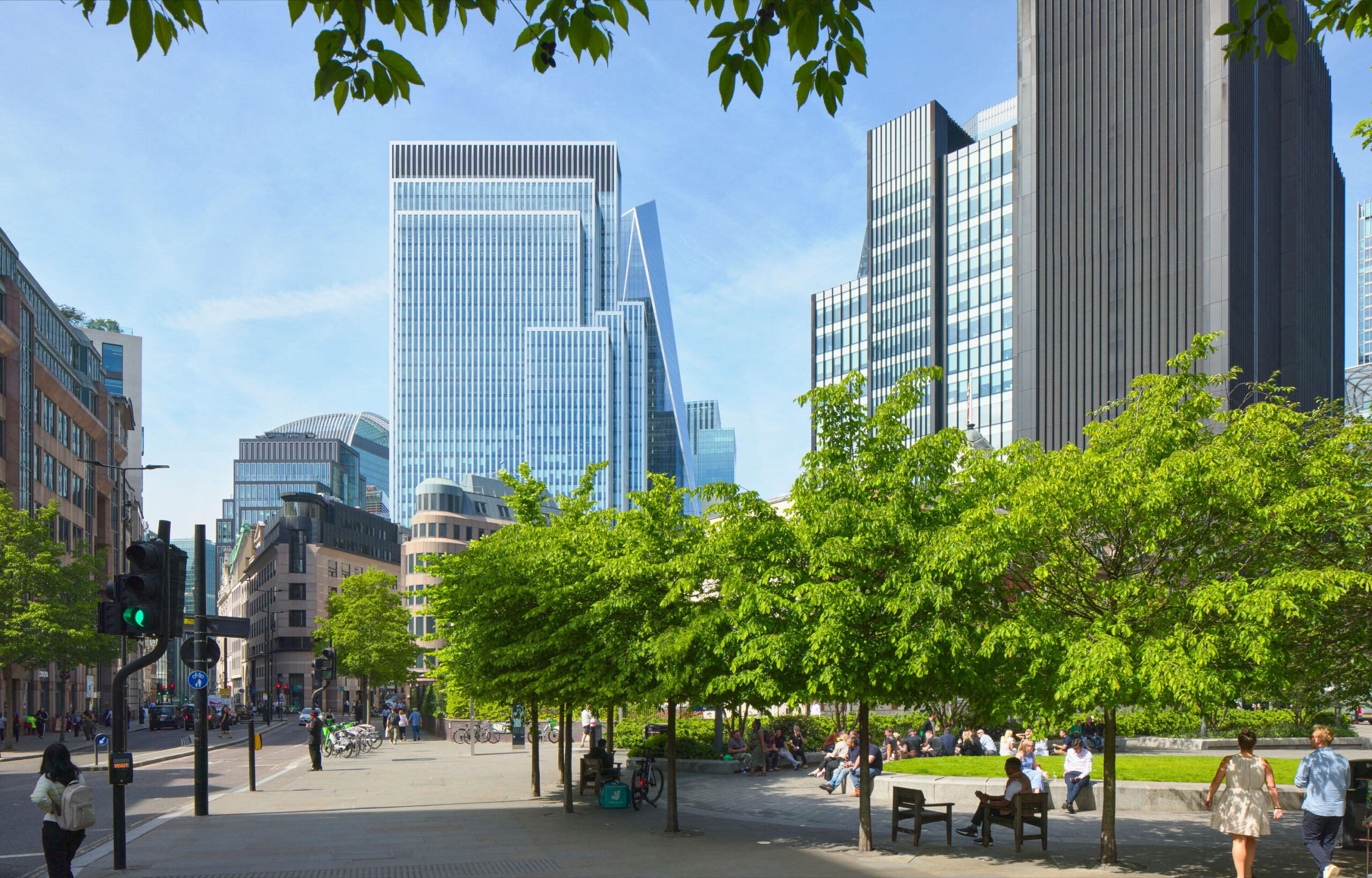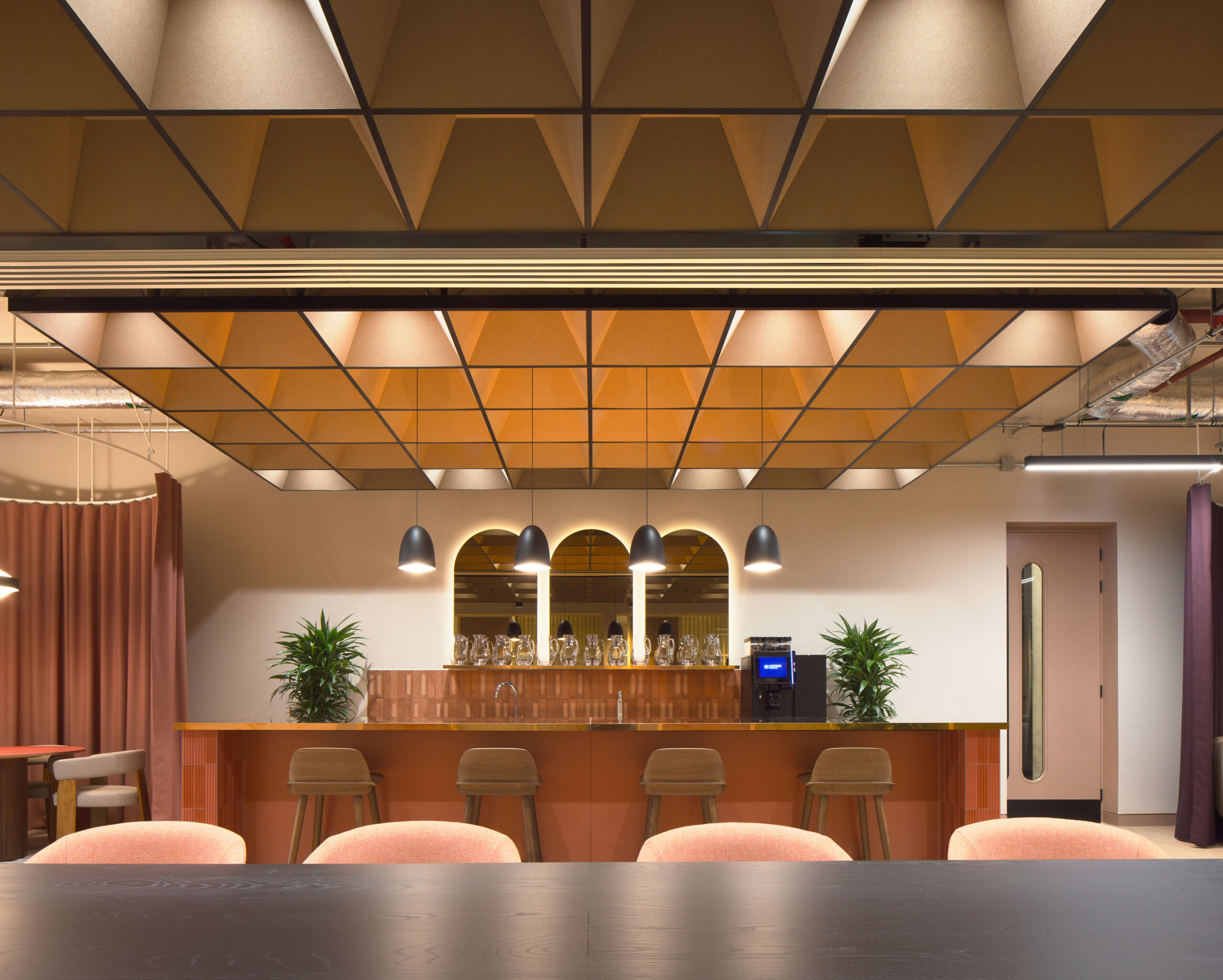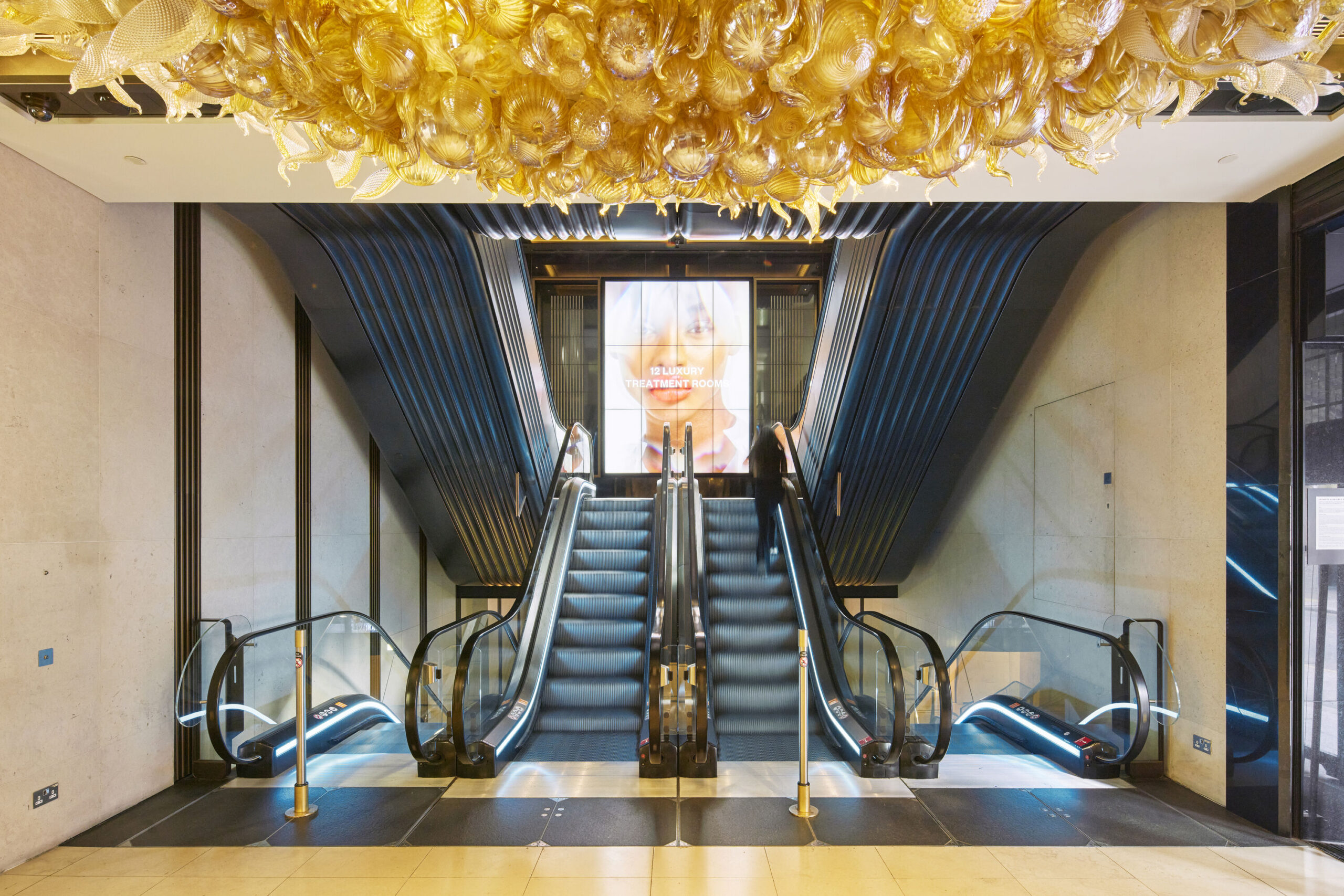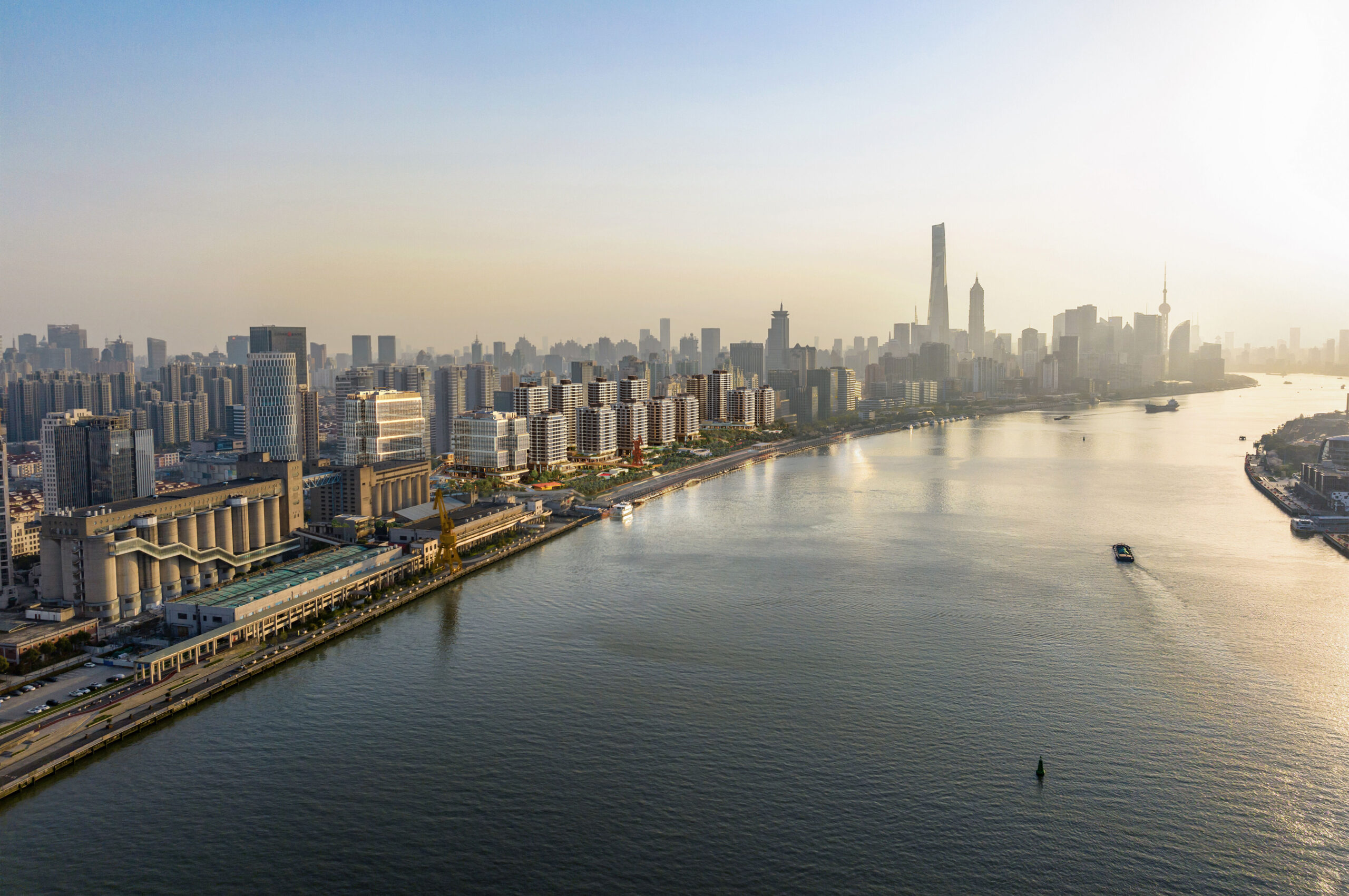
The materials used in The Gateway Building’s cladding reflect the campus’s agriculture heritage by bringing together three sustainable materials: wood, straw and render. Local sourcing was key in procuring the materials with the aim of not only reducing embodied carbon through transportation but also bringing employment to the local community.

Being an agricultural campus the straw was locally produced by the university on their neighbouring fields. A pop-up factory was then set up in a barn less than five miles from the site where the timber, straw and render were prefabricated into 14m long cassettes. This meant the materials were assembled in a controlled environment that was extremely close to both the source of the materials and the construction site. The windows were also sourced and fabricated down the road less than 10 miles from the site.
5 Broadgate on the other hand is a large office block in the heart of the City of London. High sustainability targets have been set for the project by both the occupier, UBS and the developers, British Land.

Supply chain interrogation helped us make informed design decisions early on and assisted in the sustainable procurement of materials. We looked at every component specified within the building, comparing the sustainability criteria for different options including their embodied energy and recycled content. For example, these decisions meant we were able to mitigate 360 tons in CO2 equivalents on the façade alone.

We further defined our sustainability requirements during the tender process by producing specific sustainability requirements for all potential contractors. They were required to confirm and demonstrate compliance at tender stage and offer improvements where possible. We’ve found that it is easier to get data from suppliers at tender stage while they are keen for the job rather than after they are appointed!
Once appointed we continue to work with the supply chain to maximise material optimisation and minimise wastage as the design develops. We also work with the contractors to find further ways to minimise transportation and carbon emissions during production and this is being monitored on a project wide basis.
Summary
Two very different projects with different briefs and different opportunities. But by placing sustainability at the heart of the decision-making process and putting a strong focus on material research and supply chain interrogation, we made informed decisions that ensured the buildings were responsibly sourced.
As Derek Hughes, responsible sourcing scheme manager at BRE Global so aptly put it: “We’re all used to seeing fair trade in our coffee, but why not fair trade in our concrete?”
Notes
James Goodfellow recently presented ‘Responsible sourcing – the design process’ at Ecobuild 2013. You can download James’s presentation from the Ecobuild website or follow him on Twitter: @jamesgoodfellow
Sarah Cary works with British Land’s project teams to drive sustainable design, responsible construction and ethical procurement. Read Sarah’s blog or follow her on Twitter: @sarahcary






















































































































































































































































































